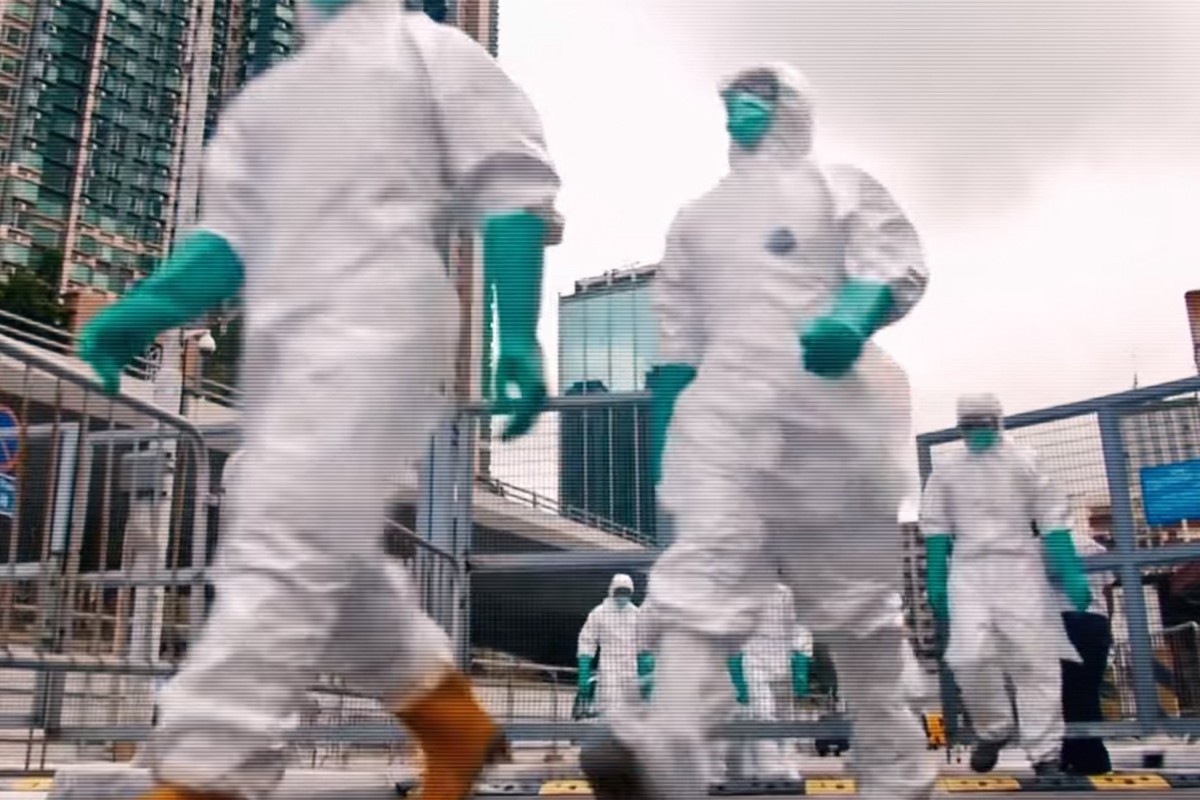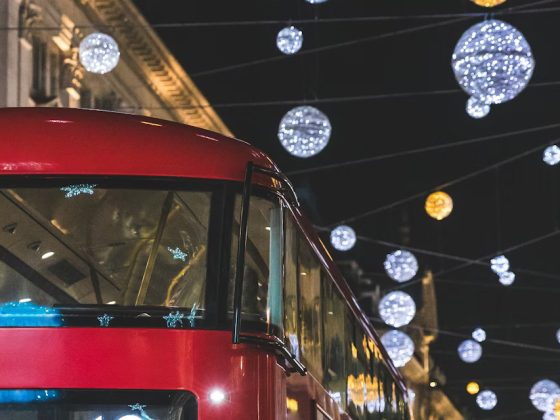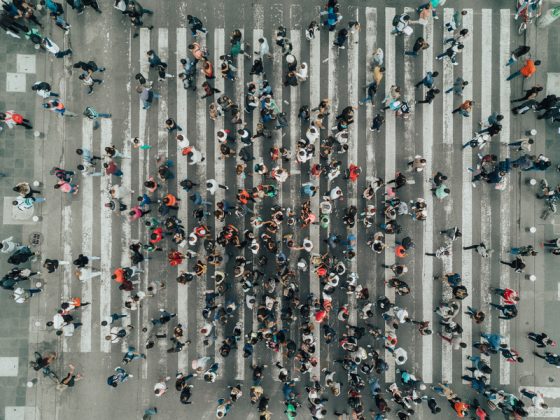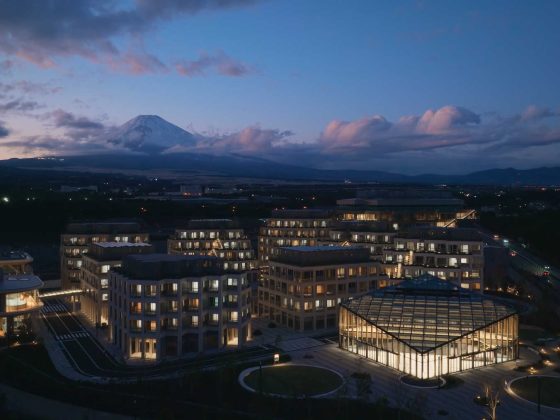The commuters of Los Angeles experience the worst traffic conditions in the United States. This is based on the analysis of TomTom included in the 2019 edition of the Traffic Index.
Trapped in gridlocks
First in the ranking is Los Angeles, which, based on their 2019 data spent 167 extra hours stuck in traffic relative to the situation where the roads are traffic-free.
Los Angeles is followed by San Jose (158 hours), San Francisco (147 hours), New York (142 hours), Seattle (138 hours), Honolulu (135 hours), Austin (133 hours), and Miami (133 hours).
Clearly, these hours are more than just figures. These hours represent time which could have been dedicated to more productive activities instead of just being trapped in the road. These hours also translate to financial losses each year.
Quantifying traffic horrors
TomTom’s Traffic Index is a scale from 0 to 100. A score near zero represents a country approaching the ideal situation of free-flowing roads. Meanwhile, a score near 100 indicates a country which is heavily impacted by traffic congestion.
For the graphic above, the extra hours experienced daily by commuters were accumulated to an annual figure. This way, the magnitude of the time lost in traffic is further magnified. With these summed up figures we can see that while a few minutes or hours stuck each day might seem forgivable, this really can amount to a substantial quantity of time if we step back and look at the bigger picture.
In order to come up with the Index scores, TomTom aggregated data from over 600 million drivers using TomTom’s technology in navigation devices, in-dash systems, and smartphones. Their data encompasses 416 cities across 57 countries and 6 continents.
Escaping the trap
To evade the possibility of being trapped in gridlock, TomTom has a few recommendations for the drivers.
First, they suggested choosing alternate routes which circumvent the congested streets. While this might seem like a tiresome thing to do since alternative routes typically are also longer routes, the stop-and-go situation in traffic gridlock is way less efficient in terms of the time being consumed.
Moreover, taking alternative routes isn’t that difficult now that there is a prevalence of navigation apps which will do the task for you.
Next, they also recommend planning commutes ahead, avoiding the peak hours.
The endgame
While these recommendations might help in avoiding traffic situations, they are by no means actual solutions. There are multiple avenues to put an end to traffic jams once and for all.
TomTom recommends the leveraging of the large volumes of traffic data available for policy making and for gaining insights that can aid in the creation of potential solutions.
In the government-level, building accessible mass transport infrastructure will aid in lessening the volume of people concentrated in the roads. Electronic Road Pricing (ERP) schemes are also used in countries like Singapore in order to increase the charge for drivers choosing to travel in their private vehicles during peak hours.
Right now, we have the information and the technology that we can use to come up with long-term solutions to traffic. It is about time for us to realize that we really aren’t that helpless when it comes to congested traffic. If anything, it is only us and our choice to be complacent with this matter which stops us from making a dent in this issue.











